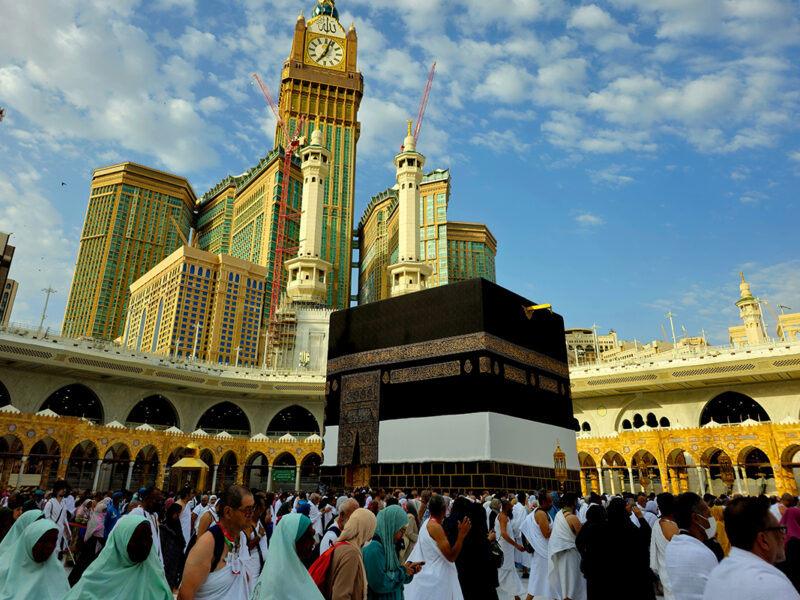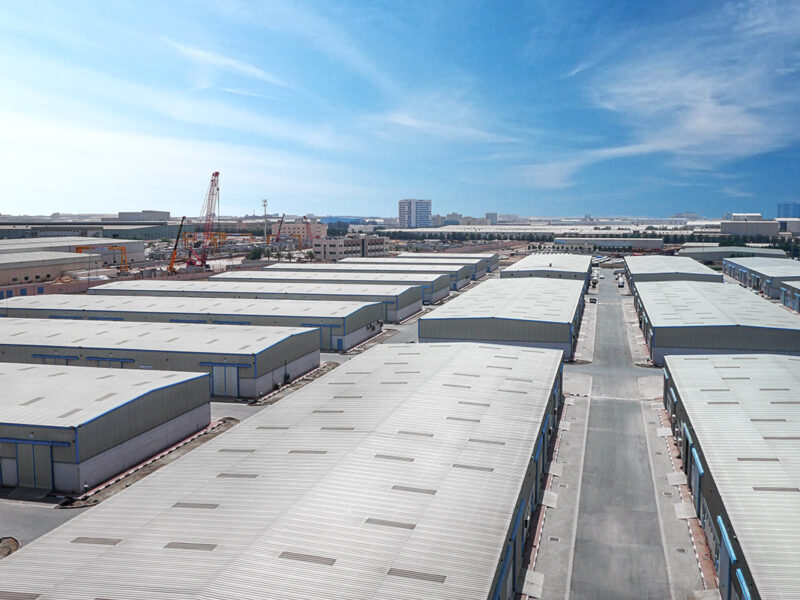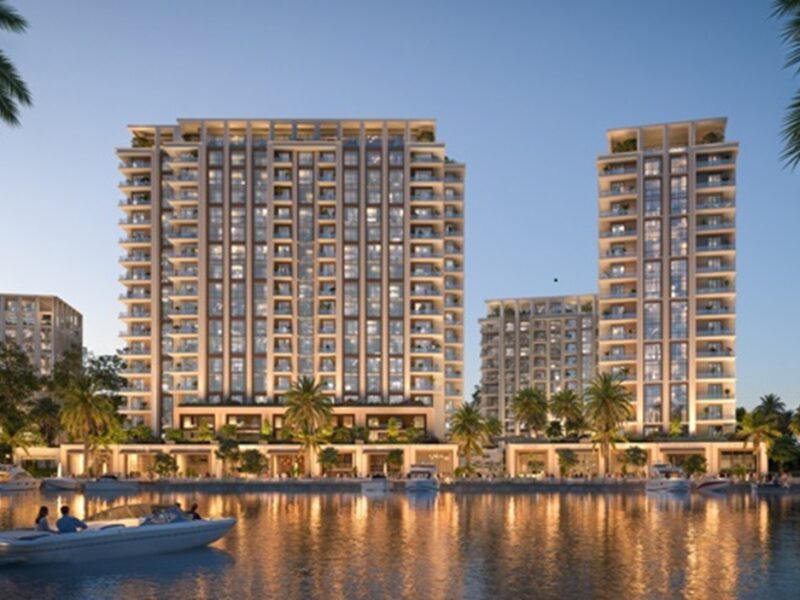With around 90 resort islands – out of more than 1190 spread across the Maldives archipelago – the potential to expand capacity at the Indian Ocean paradise is vast.
With added impetus to exploit the natural bounty of the Maldives following the tsunami in 2004 when the islands experienced a drop of around 35% in visitor arrivals in its wake – and the fragility of its tourism product was perhaps underlined – the result has been an A to Z of designer brands taking the plunge in to the market.
No two resorts are the same in the Maldives, that’s what makes the destination so special.
The destination was fortunate in having been already identified as the ultimate tropical playground, a picture perfect retreat with a growing roll call of resorts that regularly featured in the glossies, each seeking to outdo the others in service delivery and signature products.
And the procession of global brands entering the market continues, along with the hype – underwater spas and restaurants, plunge pools, one-villa islands, tented luxury, fine wines, gourmet dining and more.
Deputy Minister of Tourism and Civil Aviation Abdul Hammed Zakariyya stresses the point, saying that while the destination had gone from just two resorts to 89 in the past 35 years, the aim now is to strive for higher standards and further development.
“While the charter market has taken around 80% of beds, we are seeing the proportion of charter versus premium accommodation changing,” he says. “Locally-owned resorts are undergoing redevelopment and targeting up-market tourism where yield is higher, and the forces of supply and demand will decide how far prices will go.”
However, the 54 new resorts and hotels under development will offer a further 11,500 beds, a 65% increase over the current tally of 18,500, and Zakariyya says these extra beds will be split between the premium and charter markets.
For the moment, it is the premium operators that are driving the market, particularly in the Middle East where charter options are non-existent and wholesalers such as Emirates Holidays and Dnata Holidays pitch their products in the upper bracket.
And, even with the advent of Jazeera Airways’ pioneering low cost flights, the dichotomy of no frills flying twinned with designer brands is a concept that has yet to be exploited, with a potential short break market dependent on room availability and convenience of schedules.
Current figures suggest that around 1% of the 2007 Maldives visitor total of 650,000 originated from the Middle East – registered at 2450 for the first six months with around one third from Saudi Arabia, one third from the UAE, Kuwait and Lebanon, and the rest from other Middle East markets.
This figure was up 26.8% over 2006, a level borne out by Emirates Holidays, according to Dina Al Herais, vice president commercial operations.
“Last year we saw an excellent increase in the number of holiday packages to the Maldives, and this year we are up 30% compared to the same period in 2006,” he reveals.
“Our signature brochure now features 19 resorts and is likely to add two more options next year. Popular with honeymooners the Maldives has been selected by many couples as well as expatriate families, and while local customers have been few in the past, the number has lately increased.”
While the new seat capacity has incentivised more Middle East operators to forge links with a wider range of accommodation options in the islands – a route already taken by SriLankan Holidays – the upcoming bed boom does open up opportunities for the Maldives to emerge as a genuine short-break destination for regional travellers as well as a summer getaway for both expatriates and local travellers.
Zakariyya says the Maldives Tourism Promotion Board has tripled its budget for promotional activities in the Gulf and wider Middle East.
“We have for the past two years done special events, roadshows in Dubai, Doha and Kuwait, fam trips and advertising in key media, and we aim to increase this spend in our focus on the region,” he says.
“As a destination we are one of a kind offering a one island/one resort concept, and in terms of product, we are selling something unique,” he adds.
“While infrastructure has been a problem with bottlenecks (at the international airport in Male), we are now working on this as well as opening another international airport at Gan in the south and have plans to open 10 domestic airports within three years to ease this situation and add the connectivity that the Maldives badly needs.”
Room for more
While the launch of a Condor charter to Gan last month marked the official debut of the southern atolls as a new tourism destination, the lack of scheduled services still could pose a problem for potential visitors from the Middle East.
The new Herethere resort might have added 600 rooms and upscale operators such as Shangri-La are also set to debut in 2008 – the latter with 145 villas, Chi spa, kid’s club and wedding pavilion – but without direct access, the 80-minute transfer time from Male is a disincentive for those with time pressures, as well as an additional cost, even if this can be offset as a ‘sightseeing tour’ to take the pain from the plane.
However, the event marked a new wave of tourism development with a swathe of additional capacity coming into the market including a 50-villa Regent resort; a 49-unit Raffles with the first duplex villas in the Maldives; the Six Senses Latitude Laamu with underwater chill-out lounge and DJ; new cruise options from Per Aquum, Soneva and Banyan; 24 Escape Water Villas at Coco Palm Bodu Hithi; a 35-unit premium family resort and a dedicated wellness retreat from Per Aquum; a 55-suite Anantara resort plus 50 upgraded over-water units at the former Bodu Huraa resort now incorporated in to the Anantara inventory; and 34 new water villas at the Angsana Velavaru – plus Renaissance and Bulgari products.
If this influx of accommodation is good news for agents seeking rooms, the current top names are unfazed by increased competition, despite summer occupancies that drop to the 60% level.
Four Seasons’ general manager Tom Moelens acknowledges the challenge to stay on top, but says brands have opened up the destination to a new audience of travellers: “With Four Seasons Kuda Huraa we were one of the first names in the market in 1998, and brands such as ourselves, Soneva and One&Only combined to generate interest in the Maldives in new markets,” he says.
“All high end development will strengthen the image of Maldives as an exclusive vacation destination. At Four Seasons we are now seeing customers coming back two, three and four times a year.”
At One&Only Reethi Rah, general manager Michael Payne encourages the trade to visit and familiarise themselves with the different resorts in order to be able to match their clients to the right product.
“It is a bit of a misconception that all resorts in the Maldives are the same – we find our competitors all offer very different products and are targeted at different audiences,” he says.
“Something like the W is a very modern brand; the resort is on a small island and does not allow children, so this is aimed at a completely different type of guest than Soneva properties for example, which are very rustic and ecologically minded.”
His view is echoed by Per Aquum CEO Tom McLoughlin who reminds travel agents to keep abreast of the different services offered by resorts.
“No two resorts are the same in the Maldives, that’s what makes the destination so special – the vegetation, the spa, the service, even the surrounding reefs can appeal to a different type of client,” he says.
But while the premium resorts are expectant of maintaining their clientele, every hotel operator is looking at ways to enhance and distinguish their product amid the overload of designer brand hype.
Huvafen Fushi, for instance, has its underwater spa, revamped and winning rave reviews as well pulling in stratospheric user rates, and is also positioning itself as a global trend to boost its celebrity status.
“One aspect that sets us apart is the Dream Calendar where we bring in the hottest international spa gurus, winemakers, chefs, DJs and artists to complete the guest experience,” says McLoughlin, whose mantra is to go beyond the tried and tested formula.
For Banyan Tree, with four resorts around the archipelago, product development is key in adding a depth of options to keep the group ahead of the game.
According to vice president and managing director for hotel operations, Bernold Schroeder, to a degree, the Maldives has become a cookie cutter destination with each resort offering varying degrees of the One&Only template: “The Maldives sells traditional luxury in good hotels, so for an innovation, we opened a tented pool villa resort, have signed up for a super high end free-standing water villa resort and also launched two one-suite private islands,” he says.
The group has also debuted a 98-ft Turkish gulet with six cabins that can be used to operate flexible itineraries between Banyan and Angsana resorts.
“We have had a very positive reaction to this, and it is our belief that yachting will be big in the future for Maldives tourism as they seek to diversity,” says Banyan Tree’s area general manager, Jamal Hussain.
Meanwhile, newcomer Anantara has also developed a portfolio of products to woo different market sectors, finessing its unique location – with four islands grouped around one lagoon, including one dedicated to staff and infrastructure facilities.
Guests on the exclusive 19-villa Naladhu resort can twin seclusion and the use of its bigger neighbour housing Anantara’s spa, restaurant and watersports facilities.
General manager Brice Borin says the development typifies the route taken by the Maldives in wooing the tourist dollar.
“This location formerly housed three resorts catering to the Italian charter market, but after the tsunami, the owner took the opportunity to bring in Anantara to upgrade and brand to suit new market conditions,” he explains. “The whole destination has gone upmarket and it is self perpetuating as brands bring in their own clients. And although only 30% of the accommodation is real luxury, any resort is going to be (relatively) expensive in a destination where we have to import everything.”
With Naladhu already scoring a hit among top flight customers from the Middle East – the whole resort can be hired for US $42,500 a night – Anantara is looking for top up summer business from the region, as well as developing multi-stay packages with its new resort.
“In future, we will be offering combinations between our resorts with a dhoni cruise transfer between the islands,” says Borin.
It’s all part of a trend to widen the Maldives product beyond designer flippers and floppers, where spa, surfing, diving, fine dining, cruise safaris and even culture are being added to the mix – with the first Maldives cultural festival scheduled for April/May next year.
Jazeera Airways:from Dubai, two weekly (Sunday and Tuesday).
QatarAirways:seven times weekly.
Packages
SriLankan Holidays:has a variety of accommodation options starting with three-star Embudu Village where accommodation in a superior room on a full board basis is priced from AED 930 (US $253) per person, per night for a three night package including speedboat transfers. For the four-star Dhonveli Beach Resort, a similar three-night, full board package starts at AED 1630 ($444) per person increasing to AED 2070 ($564) during the January to April period, while five-star Paradise Island is offering a super deluxe room from AED 1370 ($373) full board, and accommodation in a deluxe bungalow at the five-star Laguna Maldives is priced from AED 1590 ($433) on a full board basis, increasing to AED 2330 ($634) during peak season. All packages are commissionable by 10%.
Jumbo Travel:the Kuwaiti company has packaged the five-star Kurumba resort with Jazeera Airways flights to offer a five night-six day option for KD 325 ($1186) per person, on a half board basis inclusive of all taxes and speedboat transfers.
Crème de la crème:Soneva Gili, the best of the best Private Reserve, is top of the pile with a $12,500 daily rate followed by Banyan Tree’s nightly $3900 for a ‘camping’ holiday in one of its six tented pool villas on Banyan Tree Maldives Vadivaru.
Selling tips
• Do your homework, focusing on geography to start with – resorts are spread out on a number of atolls and transfer times can vary from 10 minutes in a speedboat to an hour in a seaplane. No seaplanes can fly at night so arrivals during the hours of dark have to overnight before continuing their transfers.
• Ascertain customer expectations and requirements. Each resort in the Maldives occupies an individual island and nightlife, shopping, eating out, etc are generally restricted to that one island – resort facilities are more important than in most other destinations.
• Brand hotels will deliver their brand promise. Locally operated hotels are more of an uncharted territory – seek details of resort facilities, customer profiles and the time since refurbishment (many hotels are 20 years old or more).
• Match the customer to resort – some cater well to children and families, some are designed for the young and chic, but most are quiet come sundown.
• Don’t discourage short-term bookers as many resorts will get back unsold allocations three weeks out and there is potential to slot in last-minute reservations.
• December through to April is peak season; expect more flexible rates during the summer months.








